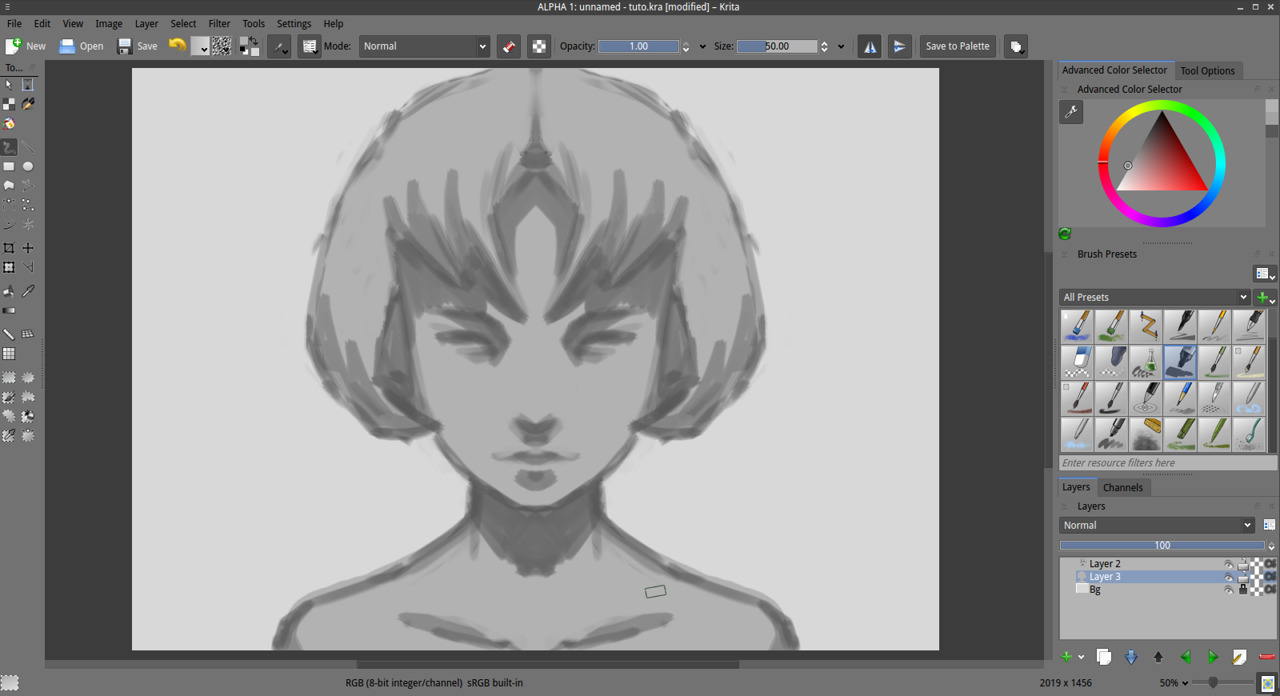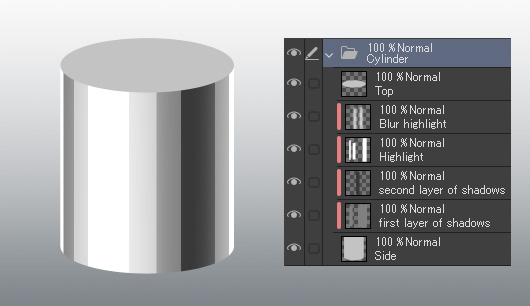

While before them shadows were often dramatic and theatrical, the impressionists showed very subtle though messy shadows, caused by the ever changing light. The most realistic use of shadows came around the end of the ninteenth century, when the impressionists attempted to catch what they saw as objectively as possible. And ever since, the best way to paint lights is to paint shadows. To these religious painters, to paint the divine meant to paint light. With this came the acute observation of physical and psychological reality which formed the ground both for his immense popularity and for his frequent problems with his religious commissions.” “Caravaggio "put the oscuro (shadows) into chiaroscuro.” Chiaroscuro was practiced long before he came on the scene, but it was Caravaggio who made the technique a dominant stylistic element, darkening the shadows and transfixing the subject in a blinding shaft of light.

Wikipedia attributes him with starting the Baroque movement, an aesthetic style which is largely dictated by the rule of drama rather than the rules of realism: Carrevagio in particular was well known for his use of shadows, being more or less the trend setter of using shading to create strong dramatic effects. It was during the renaissance times that we start seeing a lot of complex shading happening in paintings. Shading may have been the best way to describe these materials visually. What they probably were more interested in was conveying the materials that they were trying to depict: Showing saints clothed in fine silks and delicate gold. Mosaics from Ravanna, definitely showing shadows on the cloth, but hardly any cast shadows.

As well, you can see how the use of relief here creates shadows dynamically. If you look carefully you can see the reliefs are painted. The result would be a sense of dynamic shading happening through the shape of the relief.Ī relief from the Abu Simbel temples. Aside from that, carved relief are thought to be commonly painted as well, though there’s few reliefs left over today that are still painted. Often religious art is primarily symbolic than it is realistic, and the importance of specific colors and composition outweighed shading. One thing to remember is that a lot of art from these periods was religious art, and graced buildings. An easy explanation to assume would be because they didn’t know how to draw shadows, but this might not always be the case. A lot of early Egyptian and even medieval art didn’t use shadows. The most obvious answer would be “realism”, after all this is a goal for many artists, isn’t it?

You might want to wonder, why do we draw shadows in the first place? After all, a lineart, or even plain silhouettes can easily depict how an object is supposed to look like.


 0 kommentar(er)
0 kommentar(er)
